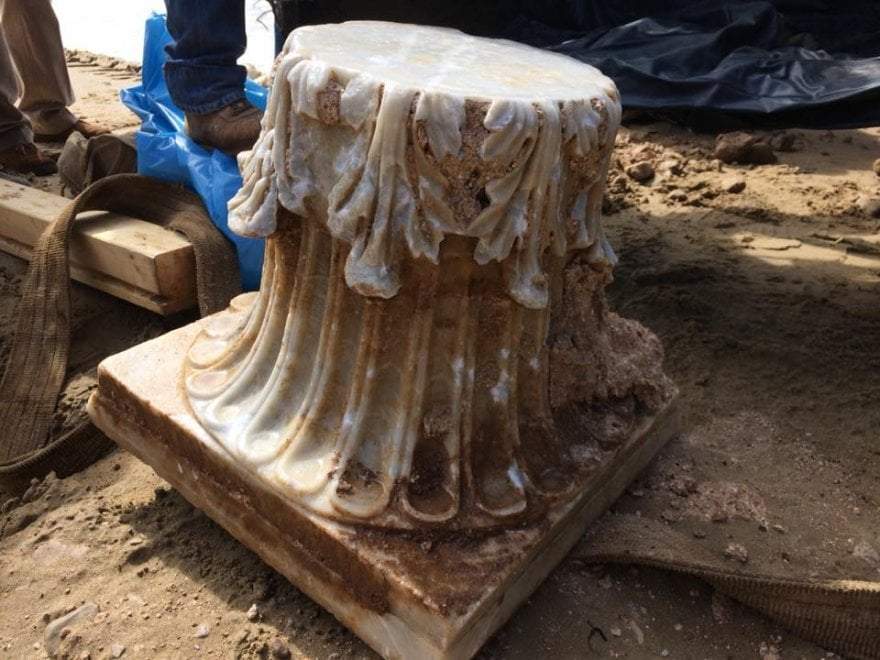A Corinthian-style capital has been found following the report of a fisherman who allegedly noticed the find on the Levante beach in the stretch immediately in front of the archaeological area of the Villa of Tiberius. On Friday, March 9, theCultural Heritage Department of the Municipality of Sperlonga, under the supervision of the Soprintendenza Archeologia Belle Arti e Paesaggio for the Provinces of Frosinone Latina and Rieti, recovered the find on the beach of Sperlonga.
Initial studies carried out have brought many hypotheses about the find, the most credited of which is that it is the fruit of imports, either produced by workshops present in Italy ( in this case we are talking about 80 or 70 BC) or worked in Greece (and in this case we would be in the 1st century AD).
According to archaeologist Francesco di Mario, the capital "emphasizes the connection of this land with Greco-Roman culture. Just think of the myth of Ulysses and Aeneas spread along our coasts or the imperial residence of Tiberius."
As illustrated by the Superintendence: “this is a variant of the ’classical’ Corinthian capital, developed in the Attic environment and not very frequent in the West, with the kalathos covered with bullae that seem to emerge from a single crown of acanthus leaves.”Another point of emphasis is that the upper part saw the light several times before it was found by fisherman Francesco Rendinaro, as evidenced by the different shades of the marble surface, on the one hand shinier and on the other more opaque .
In the coming weeks there will be more in-depth studies to learn more about the mysterious capital, as well as a restoration and enhancement activity. Further excavations in the area of the find will also be considered.
The inhabitants of Sperlonga have asked that at the end of the restoration operations the capital return to the town in the province of Latina, which is considered one of the most beautiful villages in Italy, a bit like what happened back in 1957 , when the citizens , particularly the women, managed to prevent the important archaeological remains (identified with the Villa of Tiberius) found as a result of the work on the Via Flacca, from going to enrich some collection in the capital and instead are now kept in the Archaeological Museum of Sperlonga.
Source: La Repubblica Rome
Pictured is the capital in a photograph posted on Instagram by the Arcadia Cultural Association.
 |
| Corinthian capital found in Sperlonga. Ongoing studies on its provenance |
Warning: the translation into English of the original Italian article was created using automatic tools. We undertake to review all articles, but we do not guarantee the total absence of inaccuracies in the translation due to the program. You can find the original by clicking on the ITA button. If you find any mistake,please contact us.